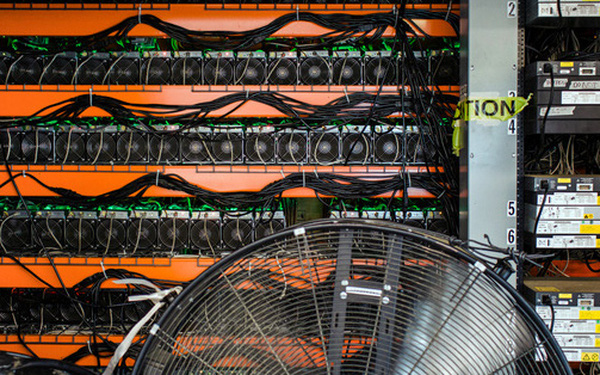The price to pay of places where Bitcoin miners are located
What consequences will the places where Bitcoin miners are located?
According to the MIT Technology Review, if someone bought Bitcoin in 2017, that person would be a millionaire today. But while the industry has been profitable for some, local communities have paid the price.
Bitcoin mining began to boom in 2016, when the company Bitmain launched specialized machines. Miners look for cheap electricity around the world to run. The Bitcoin network operates on a proof-of-work (PoW) basis, so it requires a lot of energy. Accordingly, each transaction on the system consumes 1,173 kilowatts of electricity, more than the average US family consumes in a month.
“The arms race between the mines began almost overnight“, said Colin Read, a professor of economics at New York University.
The city of Plattsburgh in New York state is noticed by miners because it has a leading source of cheap electricity powered by hydroelectric power managed by the Niagara Energy Authority.

For example, cryptocurrency mining company Coinmint leases a Family Dollar store in Plattsburgh, deploys floor-to-ceiling servers, and operates them 24/7. When the company wanted to expand into a nearby mall, Plattsburgh Lighting Department manager Bill Treacy said it had to invest in $140,000 worth of infrastructure itself. He was surprised because Coinmint did not object to paying the amount, and then consumed up to 10 megawatts, estimated that this amount of electricity could provide enough for 4,000 local households.
Many other miners quickly followed in Coinmint’s footsteps, with some even suggesting using up to 5 gigawatts, showing how energy-hungry miners are. However, Treacy had to refuse because “That’s a quarter of what New York state consumes in one day“. Plattsburgh officials say they receive applications to start the mine weekly.
By January 2018, Plattsburgh experienced a severe cold, leading to an increase in the amount of electricity people use for heaters. As a result, the city quickly exceeded its hydroelectricity consumption threshold and had to buy energy from elsewhere at a higher price.
As the long winter ended, the surrounding areas discovered that the Bitcoin mines produced huge amounts of heat and needed constant ventilation to prevent overheating. However, this reduction in temperature has had a significant impact on the surrounding areas. According to statistics, in the period 2016-2018, cryptocurrency mining in New York state added $165 million in annual electricity bills for small businesses and $79 million for individuals.
Economist Matteo Benetton, a professor at the Hass School of Business at the University of California at Berkeley, thinks that mining can cause a local recession. Where there is a fixed supply of electricity, this will drain the network’s reserves and lead to power shortages, forcing regulators to regulate or even causing widespread blackouts. With a region rich in energy, mining could take the place of occupations that could provide more jobs.
“There are benefits to individuals, but society has to pay the price” said Mr. Benetton.
Tightening measures
Faced with the above situation, from 2017, the New York Public Service Commission added regulations requiring consumers of a lot of energy to pay higher fees, as well as forcing cryptocurrency miners to seal off their infrastructure. specific floors and pay a sum to ensure they are able to pay their energy bills. Coinmint has to pay a guarantee of more than one million USD, based on electricity bills for the last two months.
Economist Matteo Benetton said that the great economic benefits encourage mining to operate as many machines as possible, but need to increase transparency in energy consumption.
Meanwhile, GS. According to Colin Read, the bans only cause miners to move the threat to new locations. For example, when China banned Bitcoin mining to meet its emissions target in 2021, activity shifted to places like Kazakhstan, where electricity is mainly coal-fired. He said the energy consumption of the cryptocurrency network will increase by 30% by the end of the 2020s, generating an additional 32.5 million tons of CO2 per year.
“As long as the price of Bitcoin increases, so does the reward for mining, which leads to energy consumption. More than 32 million tons of CO2 a year will make the climate crisis worse, whether it comes from New York or Kazakhstan. Everyone has to suffer the consequences“, he said.
Source: MIT Technology Review
at Blogtuan.info – Source: genk.vn – Read the original article here

